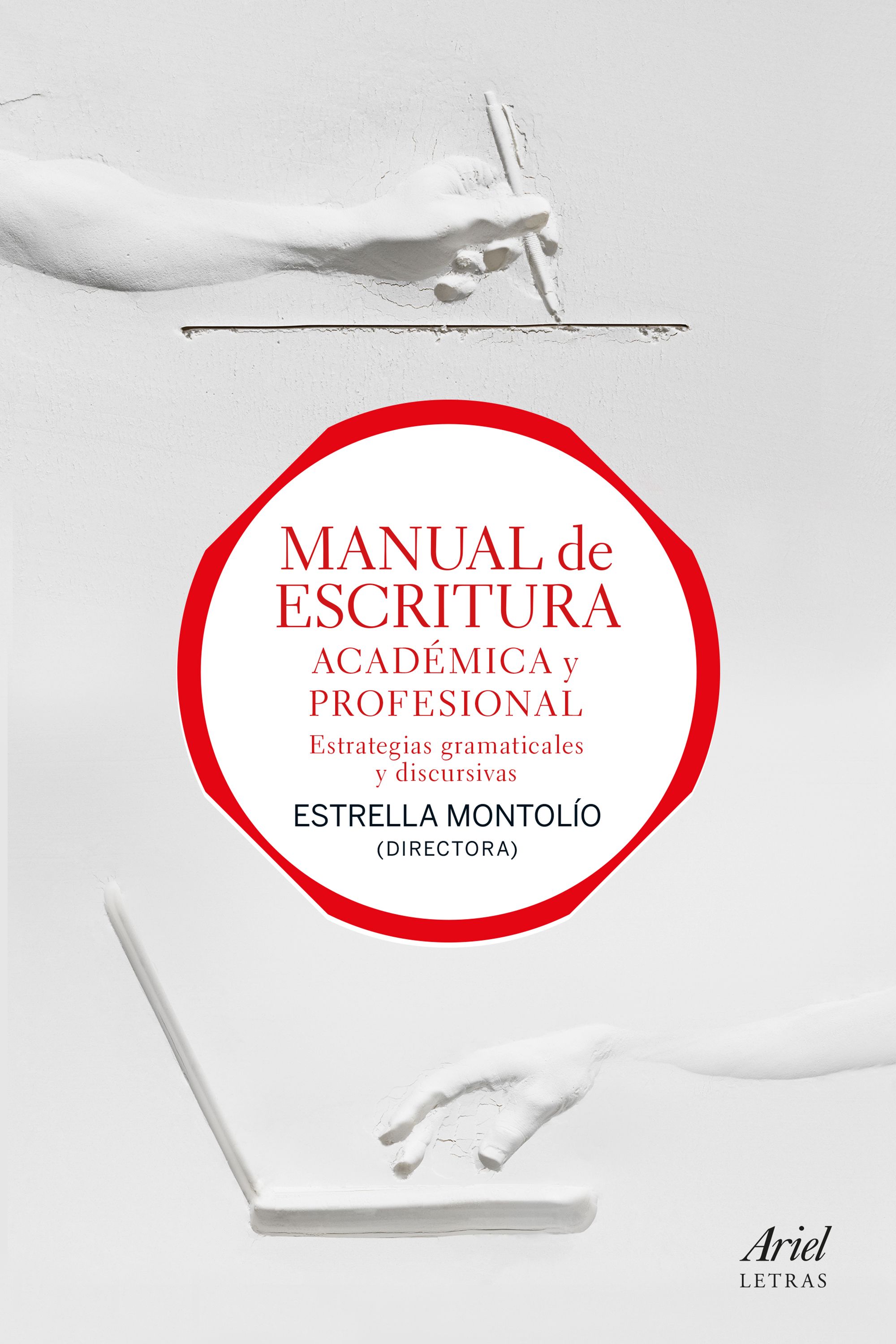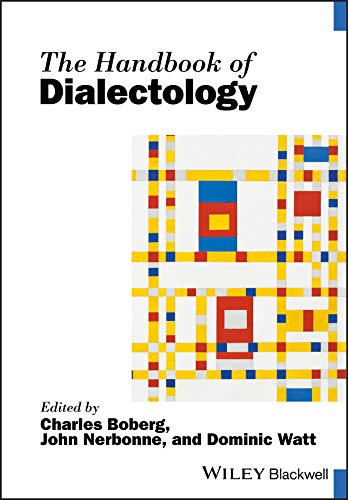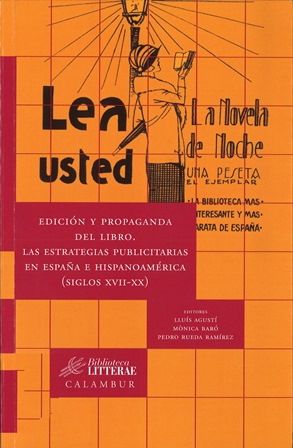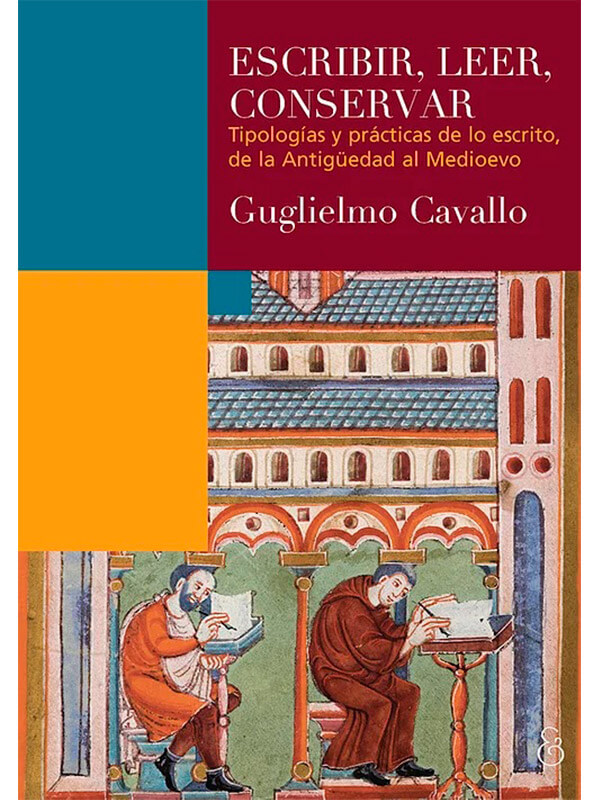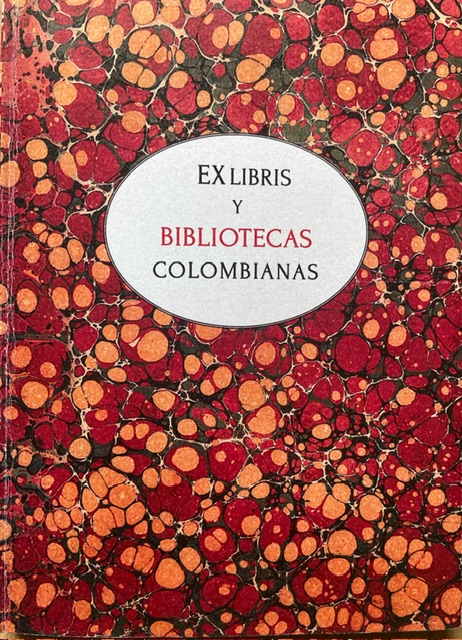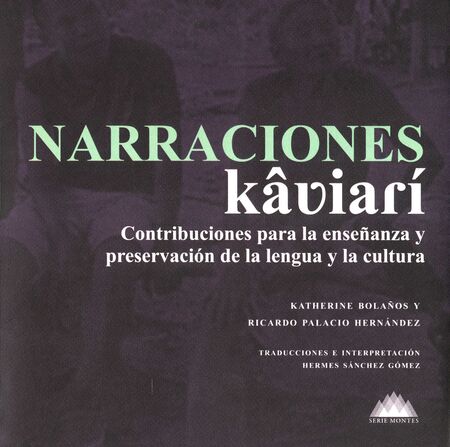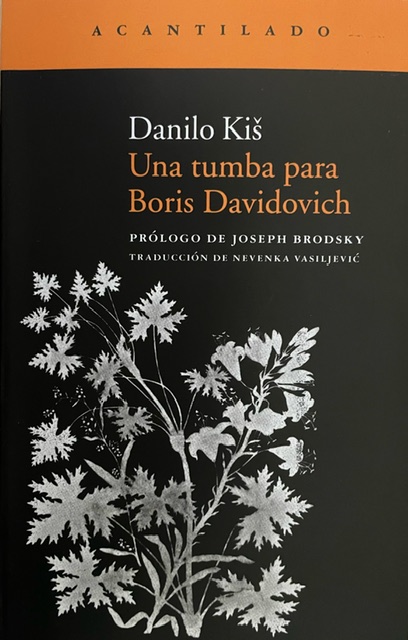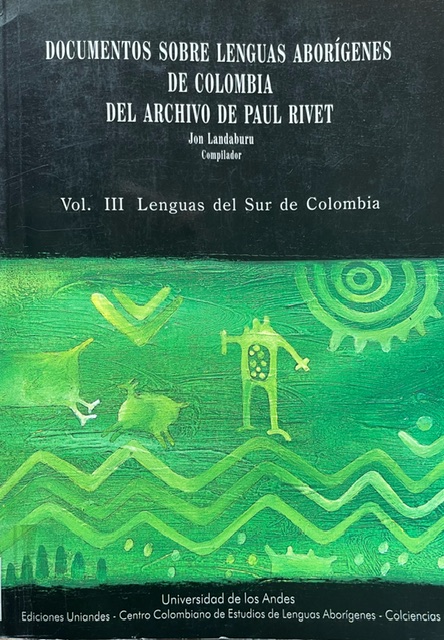Biomedical natural language processing / Kevin Bretonnel Cohen, ; Dina Demner-Fushman,
Tipo de material: TextoIdioma: Inglés Series Natural Language Processing ; 11Detalles de publicación: Amsterdam ; Filadelfia : John Benjamins Publishing Company, 2014Descripción: x, 160 p. il.; 24 cmISBN:
TextoIdioma: Inglés Series Natural Language Processing ; 11Detalles de publicación: Amsterdam ; Filadelfia : John Benjamins Publishing Company, 2014Descripción: x, 160 p. il.; 24 cmISBN: - 9789027249975
- 9789027249982
- 410.285 B615 22
| Tipo de ítem | Biblioteca actual | Colección | Signatura topográfica | Copia número | Estado | Notas | Fecha de vencimiento | Código de barras | |
|---|---|---|---|---|---|---|---|---|---|
| Libros | Sede Yerbabuena | Colección General | 410.285 B615 | ej. 1 | Disponible | tmt10 | 500074711 |
Incluye índice
Incluye bibliografía e índice.
Introduction to natural langauge processing. -- Some definitions. -- Computational linguistics. -- Natural language processing. -- Text mining. -- Usage of this definitions in practice. -- Levels of document and linguistic structure and their relationship to natural language processing. -- Docuemnt structure. -- Sentences. -- Tokens. -- Stems and lemmata. -- Part of speech. -- Semantics. -- Historical background. -- Early work in the medical domain. -- Types of users of biomedical domain. -- Clinical text mining. -- Types of user of biomedical NPL systems. -- Resources and tools. -- Legal and ethical issues. -- Is biomedical natural language processing affective?. -- Named entity recognition. -- Overview. -- The crucial role of named entity recoognition in BioNLP taks. -- Why gene names are way there are. -- An example of a rule-based gene NER system: KeX/PORPER. -- An example of a statistical disease NER system. -- Relation extraction. -- Introduction. - Protein-protein interactions as an information extraction target. -- Binarity of most biomedical information extraction systems. -- Beyond simple binaty relations. -- Rule-based systems. -- Co-occurrence. -- Example rule-based systems. -- MAchine learning systems. -- Relations in clinical narrative. -- MedLEE. -- SemRep. -- NegEX. -- Evaluation. -- Information retrieval/document classification. -- Background. -- Growth in the biomedical literature. -- PubMed/MEDLINE. -- Issues. -- A knowledge-based system that that disambiguates gene anmes. -- A phrase -based search engine, with term and concept expansion and probabilistic relevance ranking. -- Full text. -- Image and figure search. -- Caption. -- Concept normalization. -- Gene normalization. -- The BioCreative definition of the gene normalization task. -- Building a succesful gene normalization system. -- Coordination and ranges. -- An example system. -- Normalization and extraction of clinically pertinent terms. -- MetaMap UMLS mapping tools. -- Ontologies and computational lexical semantics. -- Unified Medical Language System (UMLS). -- The Gene Ontology. -- Recognizxing ontology terms in text. -- NPL for ntology quality assurance. -- Mapping, alignment, and linking of ontologies. -- Summarization. -- Medical summarization systems. -- Overview of medical summarization systems. -- A representative medical summarization : Centrifuser. -- Genomics summarization system. -- Sentence selection for protein-potein interactions EntrezGene SUMMARY fiel generation. -- Question-answering. -- Principles. -- Question analysis and formal representation. -- Clinical questions. -- Formal representations questions. -- Domain model-based questions representation. -- Genomics and translational research questions. -- Answer retrieval. -- Answer extraction and generation. -- Reference answer fromats for clinical questions. -- Entity-extraction approaches to answer generation. -- Applications. -- Question analysis and query formulation. -- Knowledge Extraction. -- Popular Extractor. -- Problem Extractor. -- Intervention Extractor. -- Outcome Extractor. -- Clinical Task classification. -- Strength of Evidence classification. -- Document scoring and ranking. -- Questuion-Document frame matching (PICO score). -- Answer generation. -- Semantic clustering. -- Sotware engineering. -- Introduction. -- Principles. -- general software testing. -- Clean and dirty test. -- Testing requires planning. -- Catalogues. -- Answers to the exercise. -- How many test are possible?. -- Equivalence classes. -- Boundary conditions. -- Code coverage. -- When your input id language. -- User interface evaluation. -- API interface usability. -- Corpus construction and annotation. -- Corpora in the two domains as driving forces of research. -- Who should build biomedical corpora?. -- The relationship between annotation of entities and annotation of linguistic structure. -- Commonly used biomedical corpora. -- GENIA. -- CRAFT. --BioCreative gene mention. -- AIMed. -- Word sense disambiguation. -- Clinical corpora. -- NLP Challenge. -- The MIMIC collection. -- Factors that contribute to the success of biomedical corpora.
Lenguaje y lenguas




